The Chinese thinker and philosopher, Confucius said “Study the past, if you want to define the future,” It is necessary to revisit the past to understand the present, and often to discover ourselves and the context in which we live. There is history around every corner and there is change and transformation in everything human beings touch. Seattle was no different, the city we know today has been reinventing itself rapidly since the 90s and 2000s.
Aria Sequoia left Portland, Oregon, in 1986 for Seattle. When she arrived in town, she was impressed by the bus system. “There were so many buses everywhere, it was amazing to me, but it was a little scary. I had never done that. It was my first time on public transport. I learned how to get to work and back home,” she remembered.
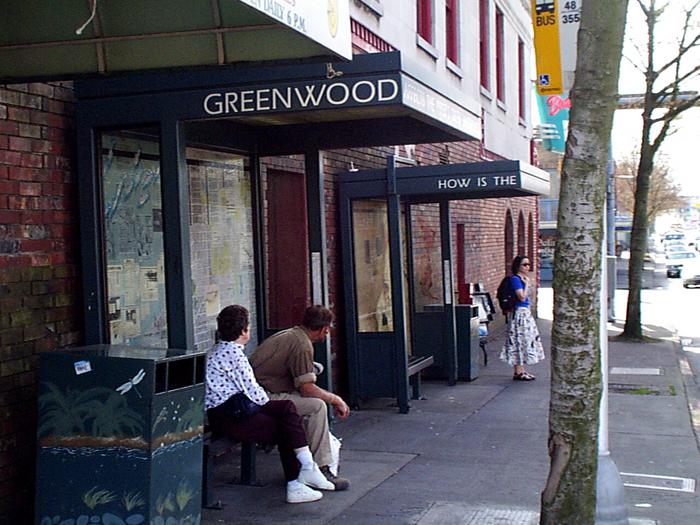
In the Seattle of her past, Sequoia used to go to beaches, movie theaters and J.C. Penney stores for shopping, “I also remember the colleges and they are still here 30 years later. This is remarkable for me,” she reveals.
Sequoia cannot define whether Seattle has improved, as she believes that today it is more difficult for people to live here because the growth of the city has naturally brought some negative impacts. “We have a train system today, which is good for people. But, we also have more buildings, more highways, more people driving cars, more traffic, more noise and more pollution,” she says. In 2000, she felt the urge to leave Seattle and moved to New Mexico, but returned to the city in 2004, where she still lives. “The hot weather and big storms made me come back here,” Sequoia explains.
For Ramona Leppell, who has lived in Seattle for 57 years, memories are numbers. She says gas was 95 cents a gallon, two-bedroom, one-bathroom homes with a garage were $74,000. “There was no homeless epidemic. Seattle is evolving but the poor are being forgotten,” she adds. She confirms that technology has transformed the city, but inflation grew with technology. “Seattle has always been the most expensive in Washington. But now it’s not accessible and a lot of ‘Seattlites’ are moving. Our crime has gotten so bad,” she declared.

Fortunately, Ramona said that the city is greener and garbage is now more recycled than ever before. And like the rest of the world, with global warming, Seattle today is 15-20 degrees warmer. Last year, in June, an intense heat wave in the Pacific Northwest raised the temperature in Seattle to 108 degrees, a record in years.
In the late 80s and early 90s, what warmed Seattle was the grunge movement that consolidated itself as a musical genre and launched bands like Pearl Jam, Nirvana, Alice in Chains, The Melvins and Mudhoney. Iconic places like Pike Place, the Space Needle, Gas Works Park, Seattle Art Museum and the Canlis restaurant already attracted thousands of visitors. Benaroya Hall was founded in 1998. The Museum of Pop Culture (MoPOP) only appeared in 2000 and The Seattle Central Library in 2004.
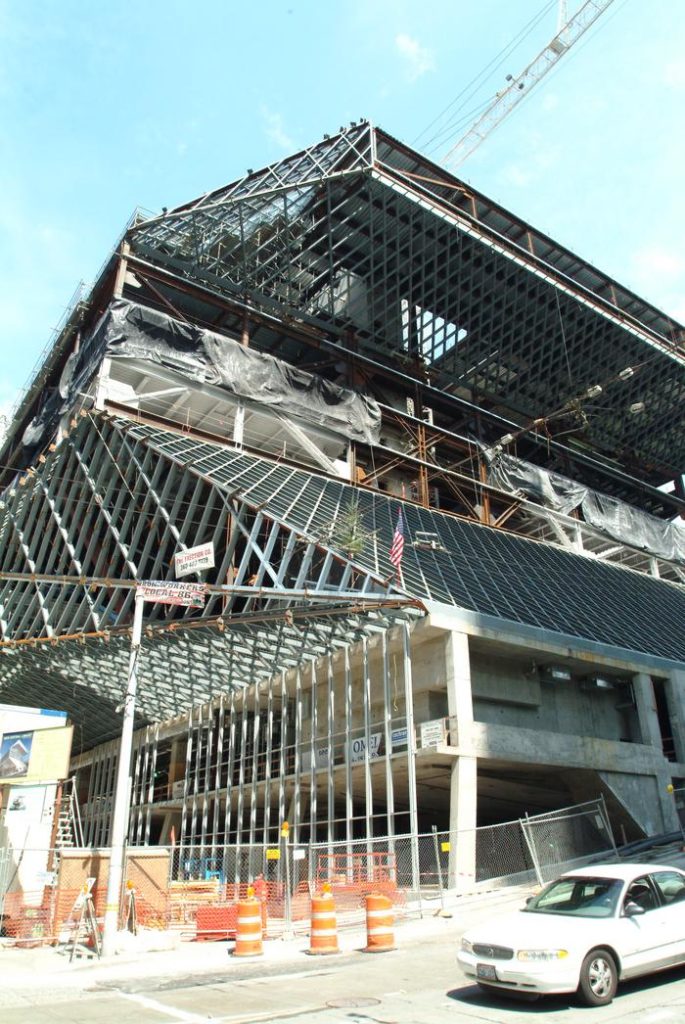
Tech boom
Microsoft arrived in Washington in 1986 and Amazon in 1994. These companies caused the dramatic change for the most populous city in the state, that is now dotted with offices from both companies, and many others.
Paul Corpuz was a teenager 20 years ago and today he is a technology professional. Despite his young age, when he looks back, he can make a realistic reading of Seattle based on some memories and his experience in the area that changed the course of the city. “I remember the city was not as populated and many of the apartments and high-rises of today did not exist,” said Corpuz.
Corpuz also added that “With the influx of people moving to Seattle, we have adapted housing with rising cost of living, and new businesses. With the influx of tech companies, our city has adapted to accommodate their presence. For example, South Lake Union is home to Amazon, and many of the businesses and housing cater to the company. Multiple food trucks rotate lunch schedules to accommodate lunch options for employees of companies in the region.”
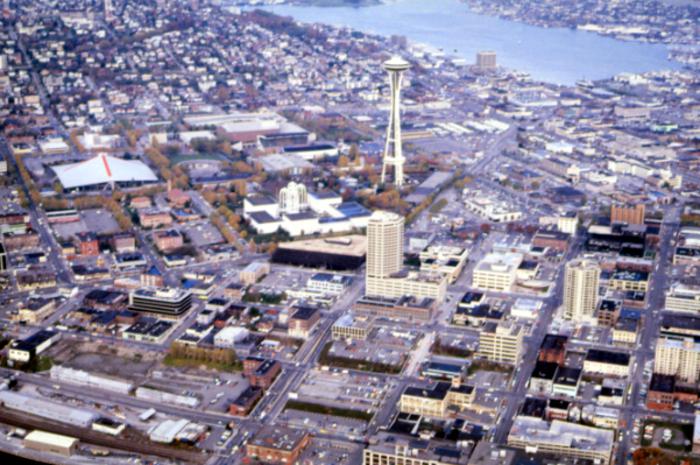
It’s hard to look back and not compare our advances or setbacks with the present. Seattle’s rising cost of living is often cited, even though the city has never been considered “cheap”. “I do think the cost of living in Seattle has always been expensive compared to other cities. But with the influx of tech has raised the cost of living out of reach for people who are not in tech. I do think Seattle is evolving, but not for the betterment of the general population. I believe it has evolved to fit the tech city we claim to be,” says Corpuz.
Terrell Fernandes also works in the technology area, but despite working in the sector that developed the city quickly, he says he misses the Seattle of the past. “South Seattle, where I grew up, is being gentrified at a fast pace which is hard to see sometimes. There are days I’m nostalgic for old Seattle but there is no going back,” he reveals.
He still argues that Seattle was a small town. “Boeing was the biggest company in town. There was almost no traffic and street parking was always easy to find. It used to be a more blue collar city with Boeing manufacturing, fishing, and lumber but that is slowly fading away. On the upside Seattle is more diverse now and you can find food from almost any country in the world here. It’s not a sleepy town anymore, it’s a city that people around the world know,” he said.
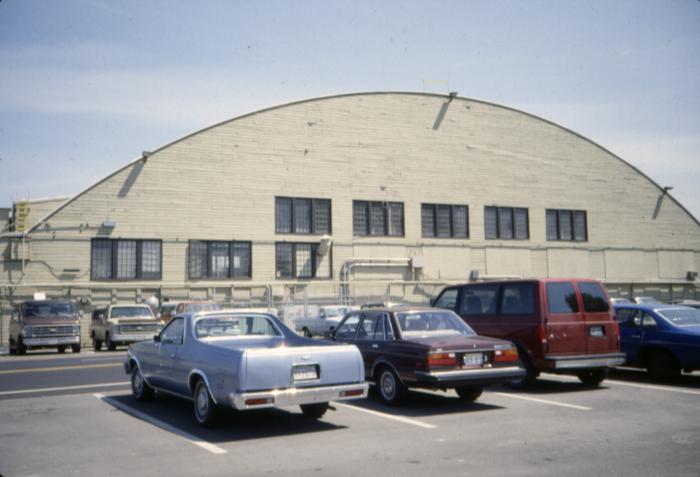
Terrel explains that Seattle always had higher wages than most cities. But, in recent years, wage gaps between tech workers and non tech workers has grown to an unfair level. “This has pushed rent/mortgage prices into unattainable ranges for many people. It’s becoming a world-class city for better or worse. If you are in tech it’s a great city, but it’s getting insanely expensive. Non-tech workers can barely afford to live anywhere near the city. I work in tech and sometimes feel guilty for how expensive it’s making the city,” finished.
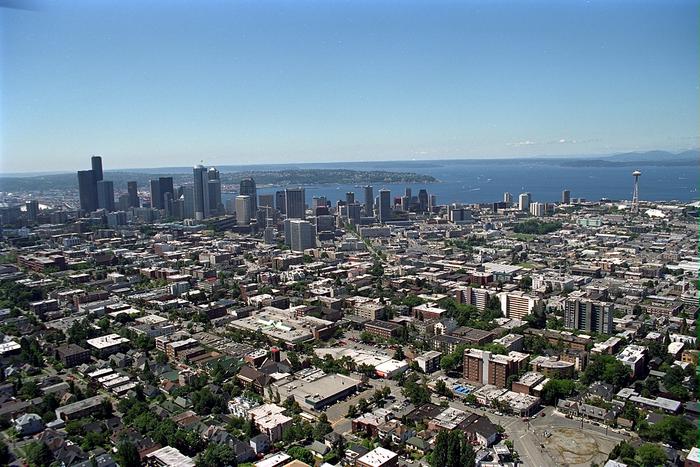
Students and new professionals, within their field of study, can outline goals and projects on how Seattle can be more fair and reflect on the city’s challenges. Designing a better future for all audiences is possible, even if you have to look back. “I have friends and family that struggle to live in the city, when the city used to be relatively affordable. It’s sad to see but I don’t know what possible solutions are,” commented Terrel. We are all waiting for solutions. And we hope we find it. Despite the gray days, Seattle is vivid and I don’t want to leave.
Author
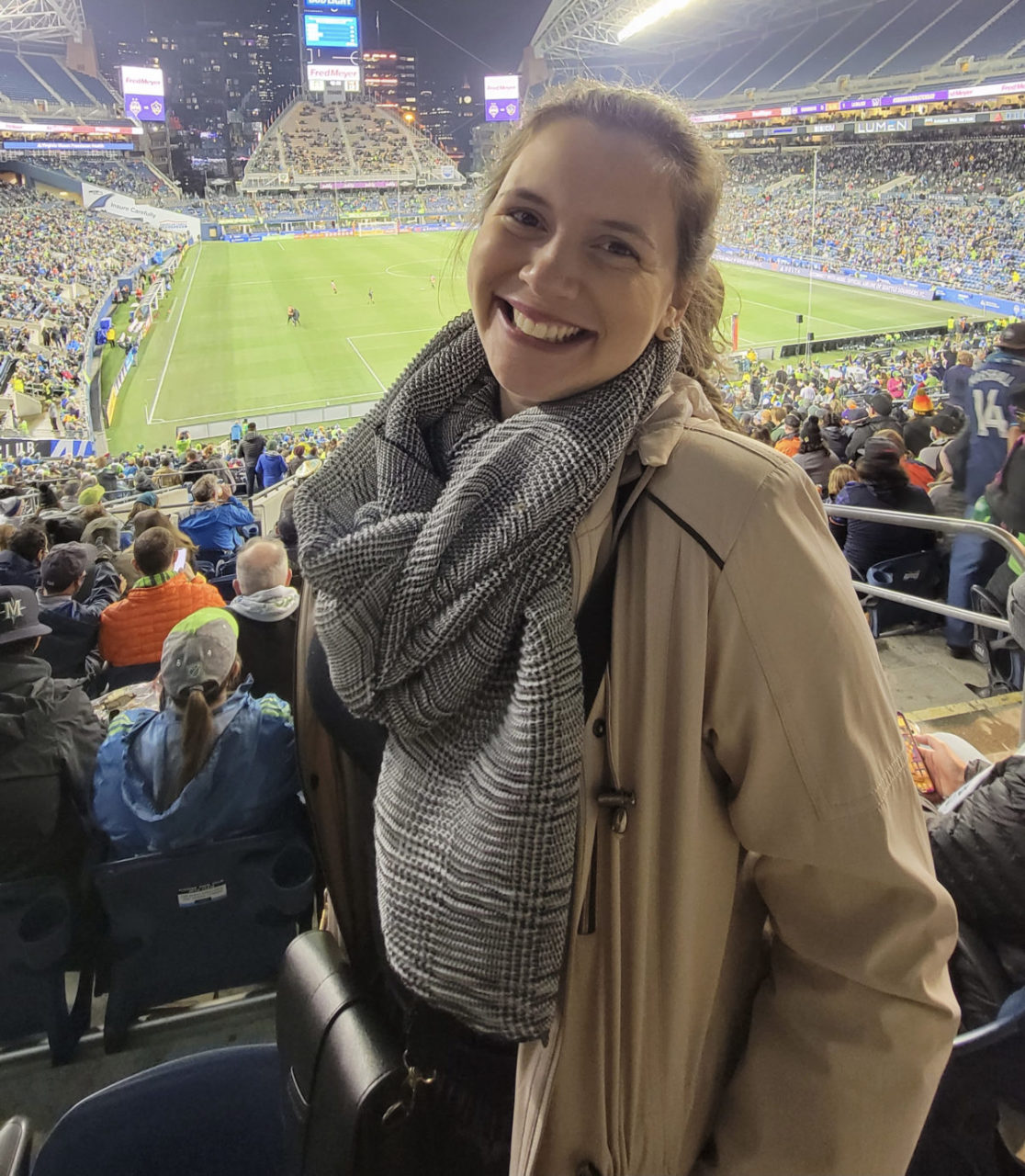
Tássia is a Brazilian journalist who is learning and discovering English. She believes in the power of the mind and destiny. Sweets are her biggest addiction. Tássia is passionate about food, travel and writing about feelings and thoughts. Seniors have a big space in her heart and that's why she volunteers on a project focused on them. She loves changes and challenges, and that is what keeps her going.

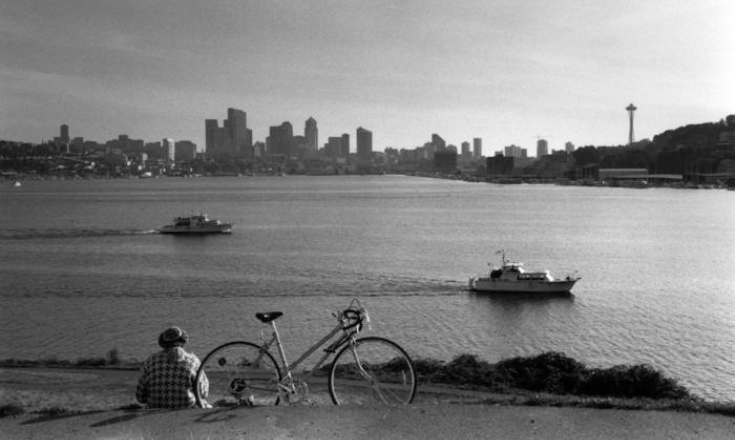





Be First to Comment